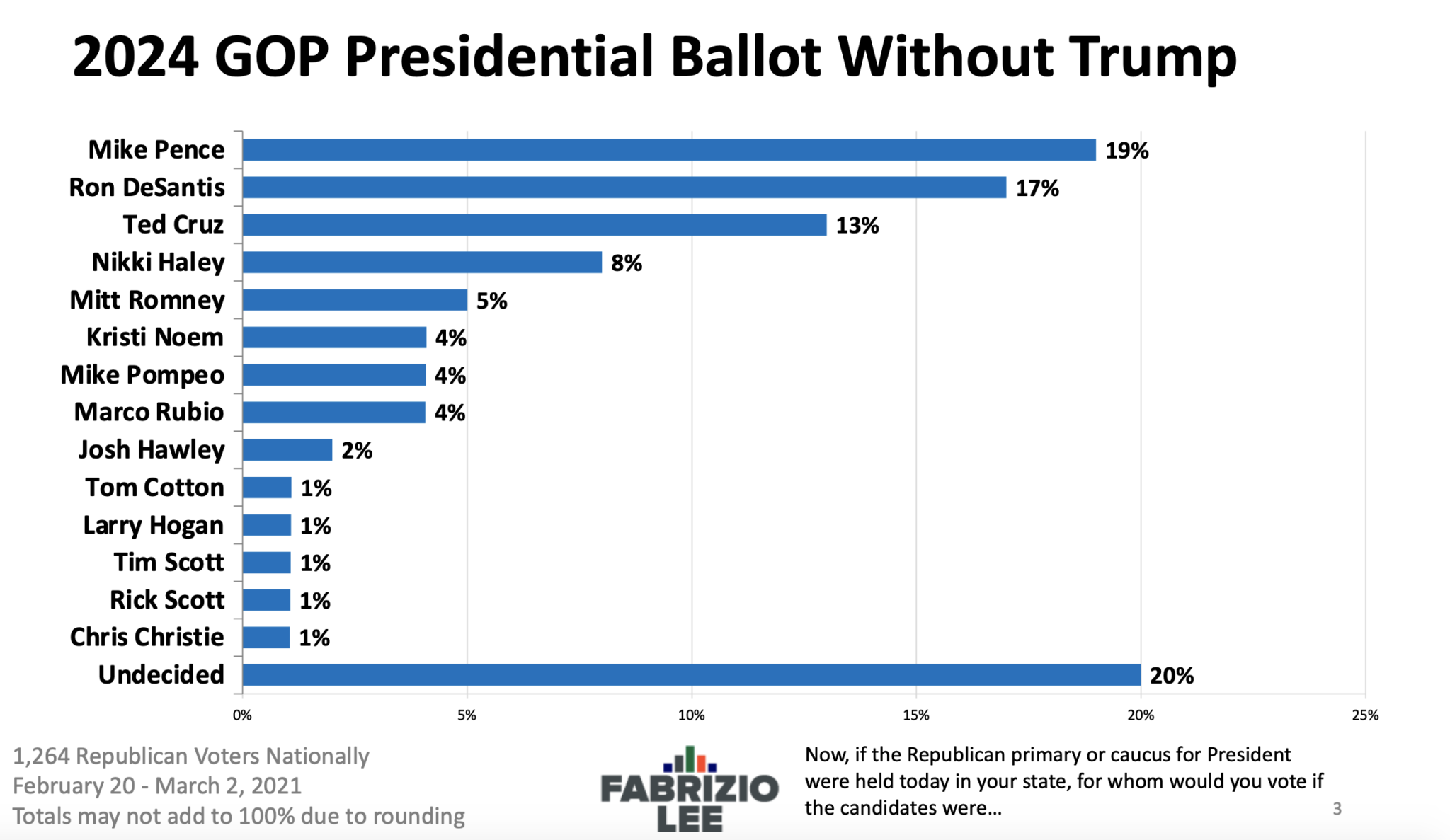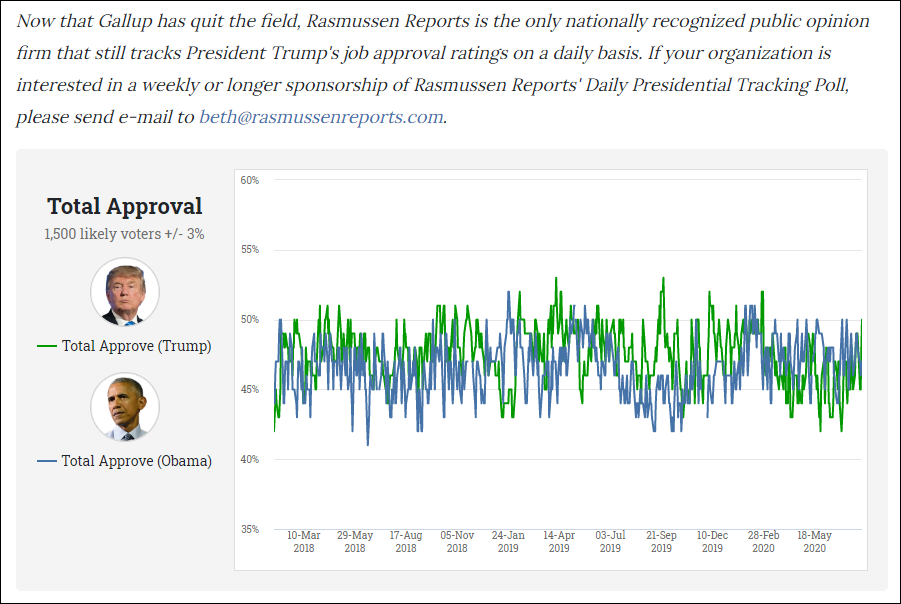Rasmussen Reports and Presidential Polls: Rasmussen Presidential Poll

Rasmussen Reports is a well-known name in the world of political polling, particularly in the United States. Founded in 2003, the organization has become a prominent player in predicting election outcomes and shaping public opinion.
History and Role in Presidential Polling
Rasmussen Reports was established by Scott Rasmussen, a former Republican strategist. The organization quickly gained attention for its focus on providing real-time insights into voter sentiment and its willingness to challenge conventional wisdom in the political arena. Rasmussen Reports has conducted numerous presidential polls throughout its history, gaining recognition for its ability to capture shifts in public opinion, particularly in the lead-up to elections.
Methodology for Conducting Presidential Polls
Rasmussen Reports employs a multi-pronged approach to conducting its presidential polls, emphasizing a blend of traditional phone surveys and online polling. Here’s a breakdown of their methodology:
Traditional Phone Surveys
– Rasmussen Reports utilizes a combination of landline and cell phone surveys, employing a technique called “Random Digit Dialing” (RDD) to ensure a representative sample of the population.
– The organization strives to achieve a balance between landline and cell phone surveys, recognizing the changing landscape of communication.
– Survey questions are designed to gauge voter preferences, political leanings, and overall sentiment towards candidates.
Online Polling
– Rasmussen Reports complements its phone surveys with online polling, leveraging a network of websites and social media platforms to reach a broader audience.
– Online surveys are typically conducted through partnerships with various websites and social media platforms, expanding the reach and diversity of respondents.
– The organization utilizes a “weighted” approach to account for demographic differences and ensure the online sample accurately reflects the overall population.
Examples of Past Presidential Polls and Their Accuracy
Rasmussen Reports has a track record of conducting presidential polls with varying degrees of accuracy. Here are a few notable examples:
2016 Presidential Election
– In the 2016 presidential election, Rasmussen Reports’ final poll showed Donald Trump leading Hillary Clinton by a narrow margin of 46% to 44%.
– The actual outcome of the election saw Trump winning the Electoral College with 304 votes to Clinton’s 227.
– While Rasmussen Reports’ poll accurately predicted the winner, the margin of victory was significantly smaller than the actual outcome.
2020 Presidential Election
– In the 2020 presidential election, Rasmussen Reports’ final poll showed Donald Trump trailing Joe Biden by a margin of 47% to 50%.
– The actual outcome of the election saw Biden winning the Electoral College with 306 votes to Trump’s 232.
– Rasmussen Reports’ poll was closer to the actual outcome than many other polls, particularly in key battleground states.
Comparison with Other Major Polling Organizations, Rasmussen presidential poll
Rasmussen Reports’ polling methodology is distinct from other major polling organizations in several key ways:
Focus on Likely Voters
– Rasmussen Reports places a strong emphasis on identifying and polling likely voters, rather than simply surveying the general population.
– The organization uses a variety of techniques to identify likely voters, including voter registration data, past voting history, and self-reported likelihood of voting.
– This approach is designed to provide a more accurate picture of the electorate and its preferences.
Use of Automated Telephone Interviews
– Rasmussen Reports relies heavily on automated telephone interviews (ATIs), also known as robo-polls, to conduct its surveys.
– ATIs allow for a more efficient and cost-effective way to reach a large number of respondents.
– However, some critics argue that ATIs can lead to lower response rates and a less accurate representation of public opinion.
Emphasis on Real-Time Data
– Rasmussen Reports is known for its focus on providing real-time insights into voter sentiment.
– The organization updates its polls frequently, providing a dynamic view of the political landscape.
– This approach allows for a more responsive and timely understanding of shifting voter preferences.
Analyzing Rasmussen Presidential Poll Data

Rasmussen Reports is a well-known polling organization that conducts surveys on a wide range of topics, including presidential elections. Their presidential polls provide valuable insights into public opinion and can be used to track the race for the White House. To gain a deeper understanding of the data, we will delve into key trends and patterns, explore influencing factors, and examine potential biases.
Key Trends and Patterns in Rasmussen Presidential Poll Data
Analyzing Rasmussen presidential poll data over time reveals several notable trends and patterns. One prominent pattern is the tendency for polls to fluctuate in the weeks and months leading up to an election. This fluctuation is often influenced by factors such as news events, campaign strategies, and changes in the political climate.
Another pattern observed is the correlation between Rasmussen poll results and actual election outcomes. While not always perfectly aligned, the polls have historically provided a reasonable indication of the eventual winner.
Factors Influencing Rasmussen Presidential Poll Results
Several factors can influence the results of Rasmussen presidential polls, shaping public opinion and impacting the race for the White House.
- Media Coverage: News events and media coverage play a significant role in shaping public perception of candidates. Positive or negative media attention can impact voter sentiment, influencing poll results.
- Campaign Strategies: The campaigns themselves have a direct influence on poll outcomes. Strategies like advertising, messaging, and candidate appearances can sway public opinion.
- Economic Conditions: The state of the economy is often a key factor in presidential elections. Voters tend to favor candidates they believe will improve their economic well-being.
- Political Climate: The overall political climate, including factors like partisan polarization and voter turnout, can also impact poll results.
Potential Biases and Limitations of Rasmussen Presidential Polls
Like all polls, Rasmussen presidential polls are subject to potential biases and limitations.
- Sampling Bias: The selection of respondents for the poll can introduce bias if the sample is not representative of the overall population. This can occur if certain groups are overrepresented or underrepresented in the sample.
- Response Bias: Respondents may not provide accurate or truthful answers due to factors such as social desirability bias or a lack of knowledge about the issues.
- Poll Questions: The wording and framing of poll questions can influence how respondents answer. Questions that are leading or biased can distort the results.
- Margin of Error: All polls have a margin of error, which represents the potential range of variation in the results. It’s essential to consider the margin of error when interpreting poll data.
Summary of Recent Rasmussen Presidential Poll Findings
| Date | Candidate A | Candidate B | Margin of Error |
|---|---|---|---|
| October 26, 2023 | 48% | 42% | ±3% |
| October 19, 2023 | 45% | 47% | ±3% |
| October 12, 2023 | 47% | 43% | ±3% |
The Rasmussen Presidential Poll, a barometer of public opinion, often reflects the national mood, which can be influenced by unforeseen events. One such event is a ground stop at NYC airports , which can cause widespread disruption and frustration, impacting travel plans and potentially shifting public sentiment.
The poll’s results can therefore be seen as a gauge of how these events resonate with the electorate, offering insights into the public’s perception of the administration’s response and its potential impact on the upcoming election.
The Rasmussen Presidential Poll is a valuable tool for understanding public sentiment, but it’s important to consider external factors that might influence responses. For instance, a significant weather event, like the tropical storm Debby hurricane in 2012, could impact voter opinions on issues like disaster preparedness and government response, potentially affecting poll results in the short term.
